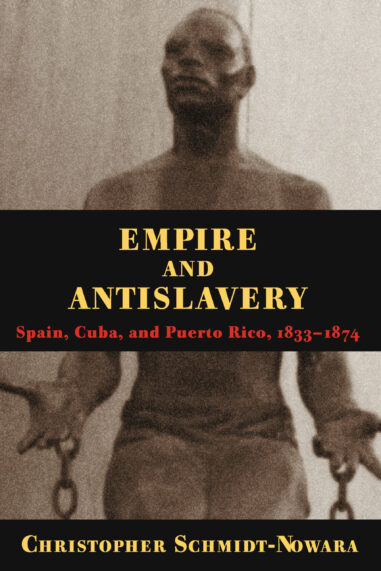

Paperback $50.00
Request Exam or Desk Copy. Request Review Copy
Empire And Antislavery
Spain Cuba And Puerto Rico 1833-1874
Empire and Antislavery surpasses anything available in English on the dynamic political interaction between metropolis and colonies that led to the ending of slavery in Cuba and Puerto Rico. It should become required reading for graduate seminars on the history of Spain and Latin America as well as of slavery and abolition.

